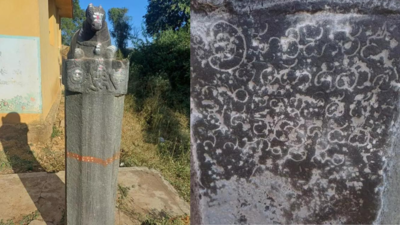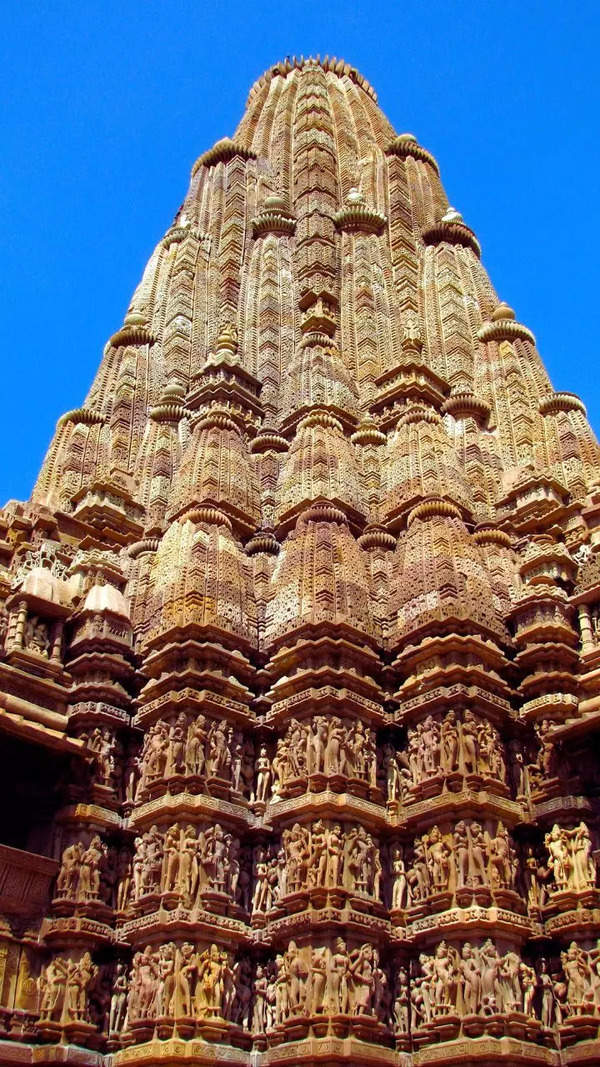- News
- City News
- bengaluru News
- 13th-century ‘Garuda-Nandi’ pillar found in Karnataka's Haveri
Trending
13th-century ‘Garuda-Nandi’ pillar found in Karnataka's Haveri
A 13th-century pillar, known as the ‘Garuda-Nandi Kamba', showcasing both Shaivite and Vaishnavite symbols, has been discovered in Malagund village, Haveri district. The pillar, serving as a sacred site due to historical constraints, reinforces the local tradition of harmony between Shaiva and Vaishnava communities.
BENGALURU: A rare pillar, showcasing harmony in the 13th century, has been discovered in Malagund village, Hanagal taluk of Haveri district. Known as the ‘Garuda-Nandi Kamba' in Kannada, the pillar stands out for its depiction of both Shaivite and Vaishnavite traditions. It features an image of Nandi, the sacred bull and vehicle of Lord Shiva, on its top, with Garuda, the eagle mount of Lord Vishnu, accompanied by the conch and chakra — symbols of Vaishnavism — below it.
The inscription on the pillar, written in Kannada script and language, is brief. It warns that anyone violating the religious sanctity of Lord Harihara's village, ‘Malligunda', will lose their progeny. Despite its brevity, the inscription provides valuable historical insight, according to Dr R Shejeshwara, director, department of archaeology, museums, and heritage, Kamalapura-Hampi.
"The inscription records the name of the village granted to the temple, the temple's name, and a curse upon those who attempt to destroy it," he explains. ‘Malligunda', the ancient name for Malagund, was endowed to the temple of Lord Harihara — a fusion deity combining Hari (Vishnu) and Hara (Shiva).
The simplicity of the inscription extends to the referenced ‘temple'. Dr Shejeshwara says, "Temple construction was an expensive endeavour even in the 13th century. When sufficient funds were unavailable, a ‘kamba' (pillar) was erected in an open space and declared a sacred site. Thus, the temple mentioned in the inscription is, in fact, the pillar itself."
This inscription, and by extension, the pillar, dates to the reign of the Sevunas (Yadavas of Devagiri), who ruled the region in the 13th century.
Stay updated with breaking news, weather updates, bank holidays and upcoming public holidays in march.
End of Article
FOLLOW US ON SOCIAL MEDIA






